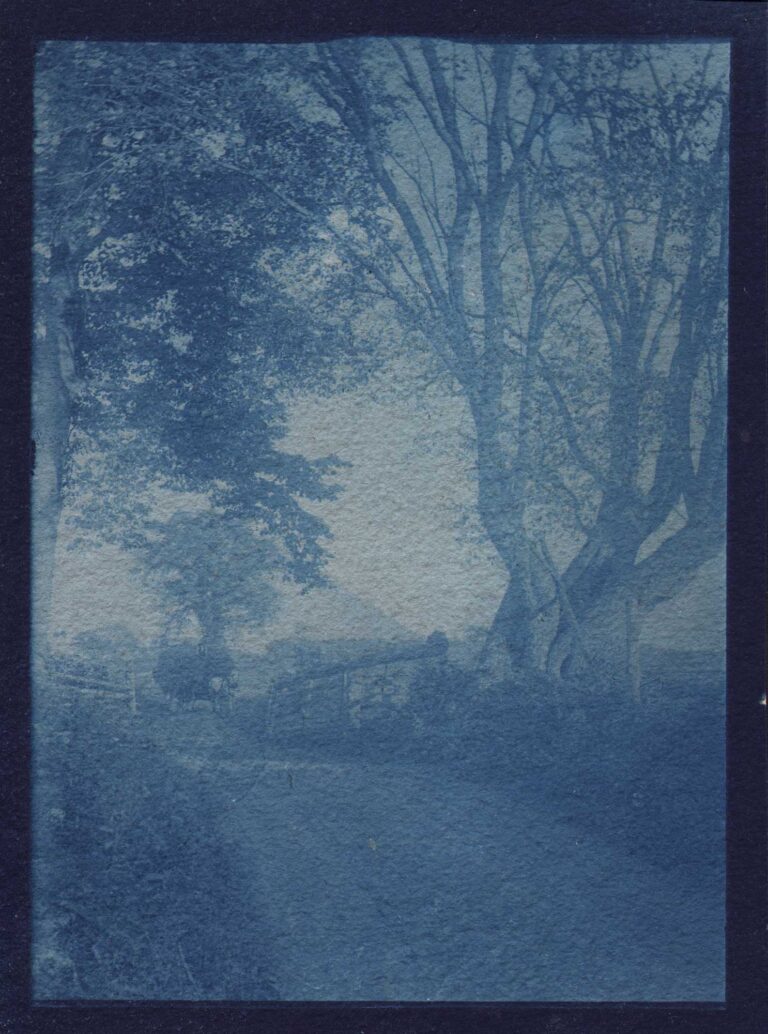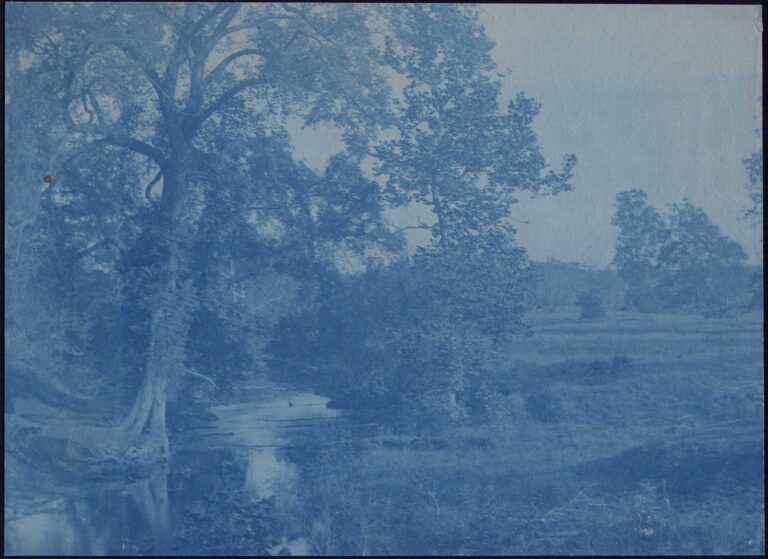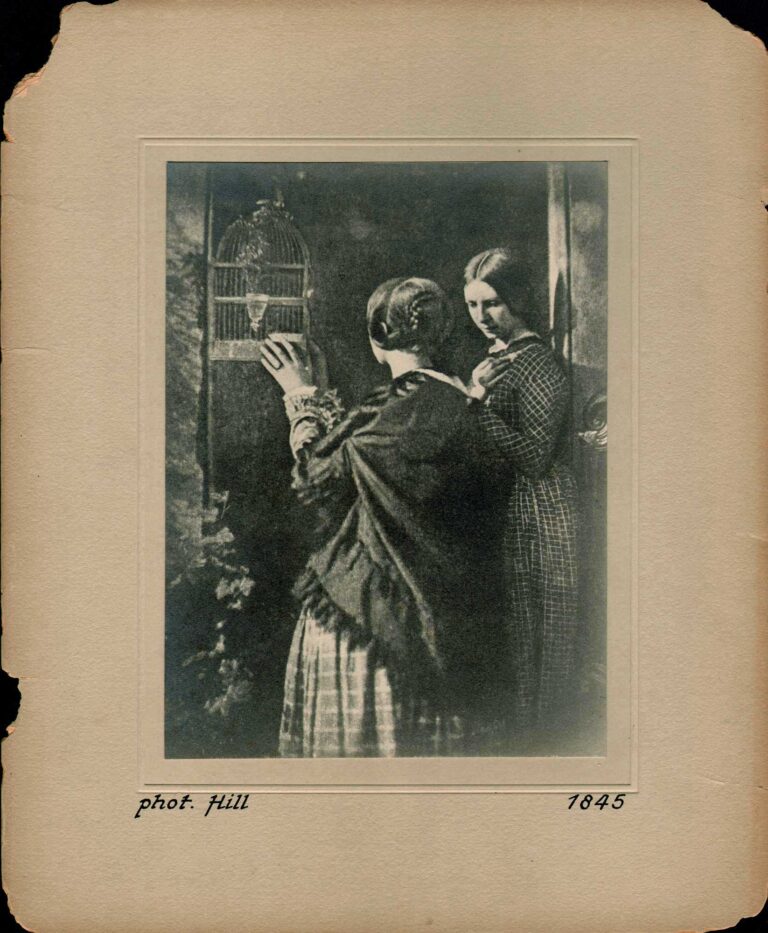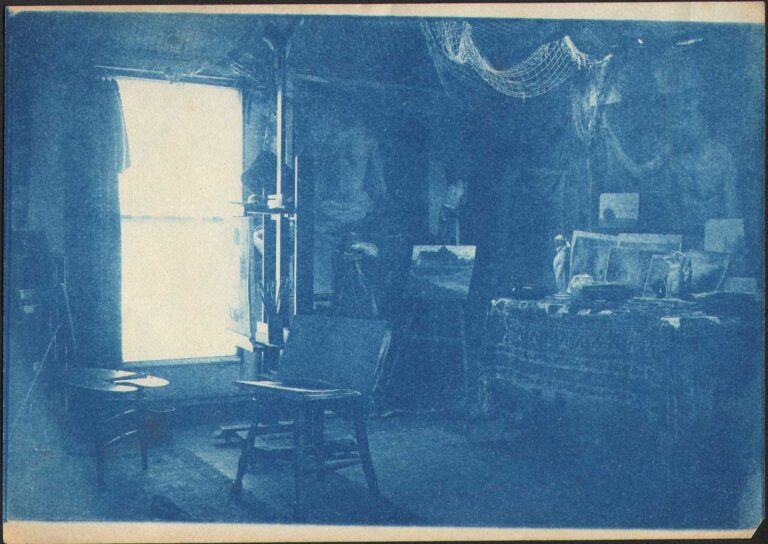
Sir John McNeill: Scottish Surgeon and Diplomat
This portrait of the Scottish surgeon and diplomat Dr. John McNeill was taken in 1845 by Hill & Adamson. This later silver bromide print has been cropped to eliminate the borders of the original calotype negative, and mounted and signed with the original date of its creation.
Sir John McNeill: 1795-1883
Scottish surgeon and diplomat. Ambassador to the Court of Persia; Privy Councillor; Chairman to the Board to supervise the Poor Law Act.
McNeill was born on 12 August 1795 at Oronsay House on the island of Oronsay in the Inner Hebrides. He was the third of the six sons of John McNeill, laird of Colonsay and Oronsay (1767–1846) and his wife, Hester McNeill (died 1843). He was the younger brother of the law lord Duncan McNeill, 1st Baron Colonsay and Oronsay.
He studied medicine at the University of Edinburgh, where he graduated as a Doctor of Medicine in 1814, at the age of nineteen.
In 1845, McNeill was appointed chairman of the Board of Supervision, entrusted with the working of the new Poor Law (Scotland) Act 1845, a post he occupied for twenty-three years. In 1851, during the Highland Potato Famine – nearly as disastrous as the Great Famine of Ireland – he conducted a special inquiry into the condition of the western Scottish Highlands and Western Isles, during which he personally inspected twenty-seven of the most distressed parishes…He was cofounder in 1851, with Sir Charles Trevelyan, of the Highland and Island Emigration Society which during the Highland Clearances supported an exodus of nearly 5,000 people to Australia between 1851 and 1856. -Wikipedia (2024)
✻ ✻ ✻ ✻ ✻
James Craig Annan did a service to the history of photography when, starting in 1890, he employed the photogravure process in order to remake some of Hill & Adamson’s original calotype negatives. A large number of these paper negatives were first given to his father Thomas Annan by Hill’s surviving spouse, Amelia Robertson Hill, (1820-1904) after her husband’s passing in 1870. Thomas Annan and his Glasgow family firm went on to make a series of carbon prints from these negatives in the 1870s, with James Craig Annan commenting to Helmut Gernsheim in 1945: “I thought I could get more artistic results than the carbon prints our firm made in 1879-81 for Andrew Elliot’s projected volume which as you are aware was not issued until 1928.” (Photogravure.com)
T & R Annan and Sons in Glasgow would soon secure a license in 1883 from Karl Klíc, for his superior photogravure process known as Talbot-Klíc photogravure, for the United Kingdom and Ireland. In 1890, James Craig Annan would go on to make a series of photogravure prints from these original calotype negatives.
What appears not widely known is that during this time, other photographic mediums were being employed in reinterpreting these 1840s negatives. Silver bromide prints were apparently produced, as well as pigment prints, from some of the calotypes, probably in the 1890s. No proof as of the present exists the Annan firm made this version of Sir John McNeill in silver bromide, however, in comparison, another example of a silver bromide print mounted on cardboard (that may depict Mrs. Anna Brownell-Jameson ?), by Hill & Adamson, has been catalogued as Accession Number: 964:0062:0011 at the Harry Ransom Center in Texas as part of their Inventory of the Hill & Adamson Collection.



